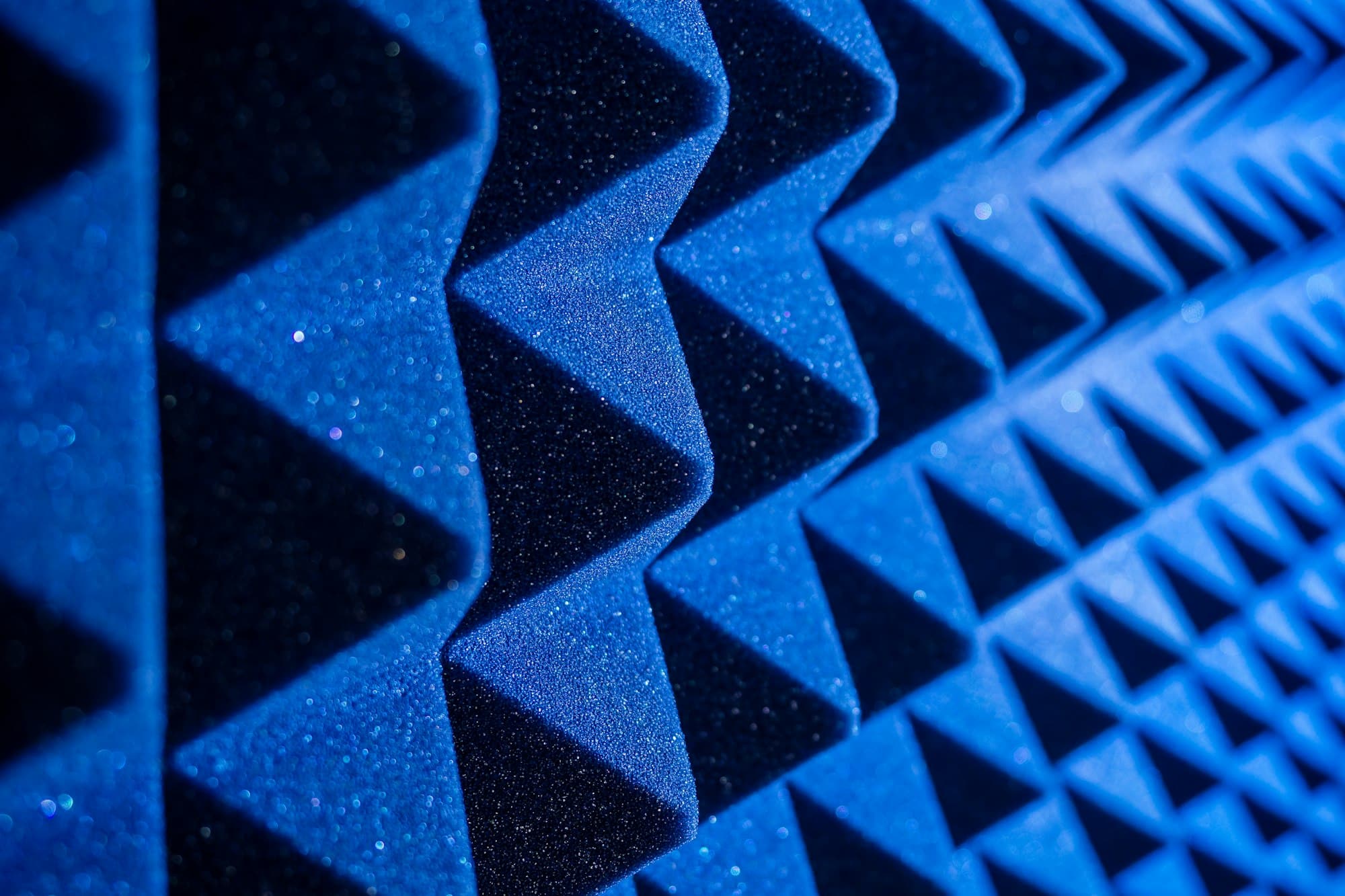What Are the Best Soundproofing Techniques for a Kids’ Playroom Next to a Home Office?

With an increasing number of people working from home, balancing personal and professional life is becoming more complex. One of the challenges is managing noise within your house, particularly if your home office shares a wall with a lively kids’ playroom.
Soundproofing your office or the playroom is the best possible solution to this problem. It will reduce the sound transmission between the rooms, allowing you to focus on your work while your kids enjoy their playtime.
En parallèle : How to create a cozy window seat for reading and relaxation in a bay window area?
The question that arises now is: what are the most effective soundproofing techniques? This article will go through a few methods, including soundproofing the door and windows, using acoustic panels and foam, and other modifications to the wall and space.
Soundproofing the Doors and Windows
Doors and windows are the potential weak points in any room when it comes to noise. Even when closed, they can allow a significant amount of noise to pass through. But don’t worry, various solutions can help tackle this problem.
A lire également : What Are the Best Techniques for Crafting a Custom Walkway with Pavers and Landscaping?
Firstly, you can consider installing soundproof doors and windows. These are specially designed to reduce sound transmission. They are more substantial than regular ones and often have additional features such as seals and double-glazing to help block noise.
However, if replacing your doors and windows isn’t feasible, soundproofing curtains and seals are an excellent alternative. The thick, dense material of soundproof curtains can significantly dampen the noise, while door seals work by eliminating gaps where noise can seep in.
Implementing Acoustic Wall Panels and Foam
Acoustic wall panels and foam are well-known for their sound-absorbing properties. They work by reducing sound reflection within a room and can be particularly effective when applied to shared walls between your home office and the kids’ playroom.
Acoustic panels come in a wide variety of materials, including fabric, wood, and foam. They have a porous surface that absorbs sound waves, reducing echo and noise. These can be conveniently attached to your walls and ceilings, and are available in various designs to match your room’s aesthetics.
On the other hand, acoustic foam, or soundproof foam, is a type of foam specifically designed to control, direct, and manipulate sound waves. Once installed on your walls, it can significantly decrease the intensity of sound within a room.
Making Modifications to the Wall and Room
If the noise issue persists even after implementing the above solutions, it might be worth considering more drastic changes to your wall and room structure.
For walls, you might want to look into adding an extra layer of drywall with a dampening glue in between. This method, often known as damping, is an effective way of reducing noise transmission through walls. The additional drywall provides a barrier for sound transmission, and the dampening glue converts the sound energy into heat energy, thereby reducing overall noise.
For room modifications, one option is to create a ‘room within a room’. This involves constructing an additional wall inside the existing one, slightly separated from it. By doing this, you will create an air gap that will significantly reduce the sound transmission between rooms.
Utilizing the Space for Soundproofing
While looking at the walls, doors, and windows, don’t overlook the potential of the space within the room itself for soundproofing. A few strategic modifications can help reduce noise considerably.
Filling up the room with soft furnishings, including carpets, rugs, and upholstered furniture, can help dampen the sound. These materials absorb sound waves and prevent them from bouncing around the room, reducing the overall noise levels.
Additionally, bookshelves filled with books, or even decorative partitions, can also act as barriers to sound transmission. Placed against the shared wall, they can help in further reducing the noise making its way into your office.
Remember, every room and situation is unique. Therefore, you might need to try different combinations of these soundproofing techniques to find what works best for your space. Committing to soundproofing your home office may require time and investment, but the result will be a quieter, more peaceful workspace that allows you to maintain your productivity and peace of mind.
Considering Other Soundproofing Materials and Solutions
In addition to the methods mentioned above, there are other soundproofing materials and solutions that you can implement in your home office.
One such solution could be installing window inserts. These are clear panes of glass that fit inside your existing window frame, creating an air space that acts as a buffer against outside noise. They are easy to install and remove, and they don’t alter the appearance of your windows.
Another effective soundproofing material is mass loaded vinyl (MLV). This dense, yet flexible material is highly effective at blocking sound waves. It can be used to line walls, floors, and ceilings, or it can be installed behind drywall for additional sound blocking.
A less conventional, but quite effective method is the use of white noise machines. These devices produce a constant ambient sound that masks other noises, making them less noticeable. This can be particularly useful in a home office setting where external distractions can hinder productivity.
Lastly, the use of partitions or room dividers can also be beneficial. These can be used to separate the playroom from the office, providing a physical barrier that can help reduce airborne noise transmission.
Conclusion: Balancing Work and Home Life with Soundproofing Techniques
Balancing work and home life when your office is just next to your kids’ playroom can be challenging. However, with the right soundproofing techniques, you can create a peaceful workspace that allows you to maintain your productivity without hindering your kids’ playtime.
From installing soundproof doors and windows, using acoustic panels and foam, making modifications to the wall and room, to utilizing the space within the room itself for soundproofing – you have a myriad of options. Additionally, consider other soundproofing materials such as window inserts, mass loaded vinyl, white noise machines, and partitions to help reduce noise.
Remember, the effectiveness of these techniques varies greatly depending on the specifics of your space. Therefore, it may be necessary to use a combination of these methods to achieve the desired level of sound absorption.
While it may require an investment of time and resources, soundproofing your home office is a crucial step in ensuring a productive and comfortable working environment. After all, a soundproof room not only provides peace of mind but also helps to differentiate your professional and personal life while working from home.
Despite the initial challenges, the benefits of soundproofing a child bedroom or playroom next to a home office are immense. You can work in a calm and focused environment while your children enjoy their playtime, making for a harmonious work and home life balance.
